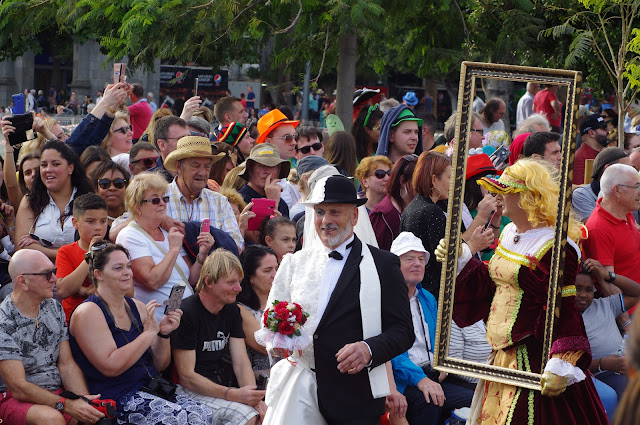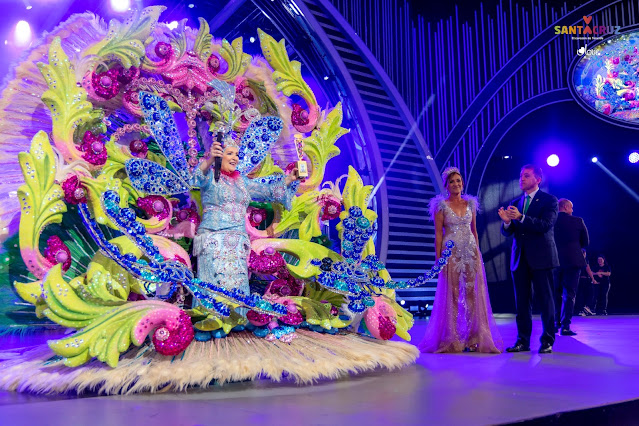 |
| Crater of Hoyo Negro, or San Juan Volcano, La Palma. Tigerente, CC BY-SA 4.0 |
The eruption of the San Juan volcano in 1949 on the island of La Palma, is one of the most recent historical eruptions to have occurred in the Canary archipelago. (Later are the Teneguía Eruption of 1971, the Tagoro volcano on the island of El Hierro in 2011 and the 2021 Tajogaite eruption.)
The 1949 eruption had a volcanic explosiveness index of grade 2, being fissure and strombolian with phreatomagmatic episodes. It lasted 42 days, from June 24 to August 4. It was named San Juan (Saint John the Baptist) because its eruption began on the feast day of this saint, although it is also named Nambroque, for the area where its first mouths opened, or as Las Manchas volcano, because this population was the most affected by the associated lava flow.
The eruption was the Cumbre Vieja volcanic complex or dorsal, the geologically youngest part of the island and is structured in a north-south eruptive axis.
Two of the three main eruptive mouths, El Duraznero and Hoyo Negro, opened in the summit area, at about 1,800 meters above sea level, while the third, Llano del Banco, emerged at about 1,300 meters above sea level on the western slope. All of them are located in the municipality of El Paso, although the phenomena associated with the eruption also affected the municipalities of Los Llanos de Aridane, Tazacorte, Villa de Mazo, Fuencaliente, Breña Alta and Breña Baja.
The volcano erupted after 237 years without volcanic activity on the island. It began on the morning of June 24 in a crack that appeared in the Duraznero mountain, in the central sector of the Cumbre Vieja ridge, where the emission of materials continued through several mouths until July 8. This day a new fissure opened three kilometres to the northwest, in Llano del Banco, which began to emit a lava flow that reached the west coast in Puerto Naos, crossing Las Manchas, causing the destruction of homes and farmland. This new episode lasted until July 26. Likewise, on July 12, a violent phreatomagmatic eruption had begun in Hoyo Negro that lasted until the 26th of that month, at which time all activity ceased. On July 30, the eruption in El Duraznero was reactivated by a new mouth that emitted fluid lava that descended along the eastern slope of the island. This flow was channelled through the Jurada ravine - later renamed the Lava ravine - until it stopped about 150 meters from the sea, crossing the municipality of Mazo. On August 4, all external manifestations of the eruption ceased, only the final activity in the fumarole phase persisted.
The result of this eruption was the formation of the Cueva de Las Palomas, recently renamed the Todoque volcanic tube. Lava tubes are geomorphological structures typical of volcanic areas that have a good representation on La Palma, this being one of the longest on the island. Its scientific interest is eminently geological and is increased by its biological importance as it houses a peculiar fauna of invertebrate forms highly adapted to hypogean (underground) life.
Chronology and volcanology of the 1949 multi-vent rift-zone eruption on La Palma





 After more than 20 years, posts here will now only be occasional (
After more than 20 years, posts here will now only be occasional (





























